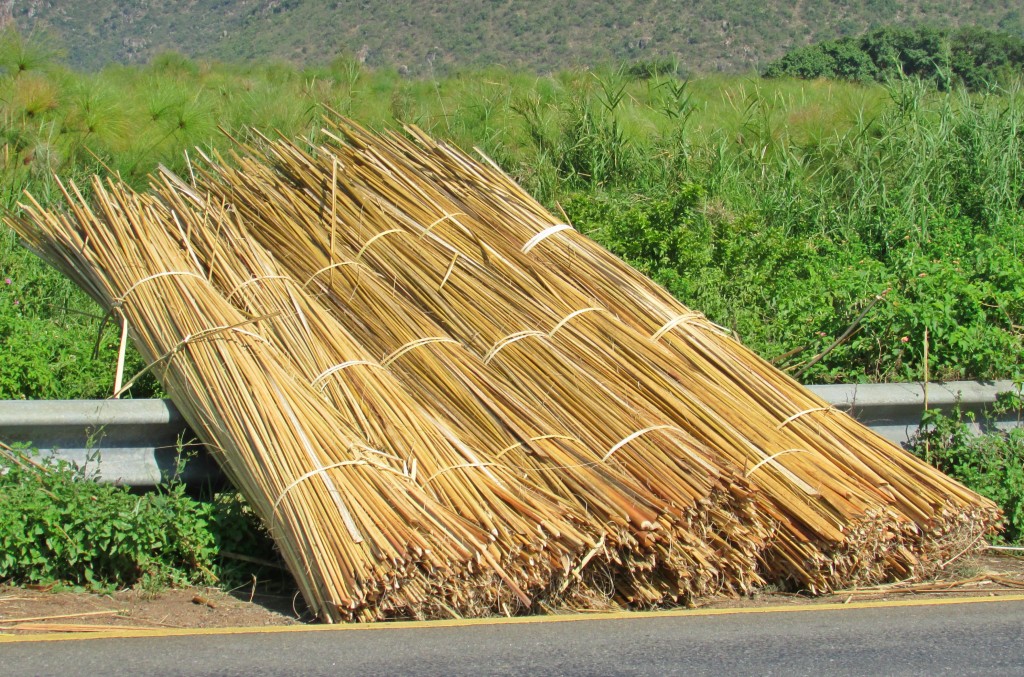People living along rivers use more than just the water for livelihoods around the world. In the Lower Mara River Basin, people fish, harvest plants and trees, hunt, and mine. The SELVA team identified these resources that are termed non-river resources. Building materials are particularly important as many local houses are mainly made from mud, dried reeds, and wood. Plant material is also used to weave baskets and make traps for fish. Sand and stones are also mined for building material.
Nutrient-rich soils along the river shore are used for farming and grazing, but there is a Tanzanian water law that prohibits use within 60 meters of the river. Fish are fished from the wetlands and river by both men and women. Wild animals that live along the river are hunted and eaten, including hippos when available. Gold is mined from an area on the north shore of the Mara River by an international corporation, domestic companies, and local artisanal miners. Trees are harvested for charcoal production, especially in the Serengeti District.
All of these river-related activities impact water quality and the health of the ecosystem The SELVA team is documenting these types of livelihoods to identify possible opportunities for management and conservation.








Recent Comments